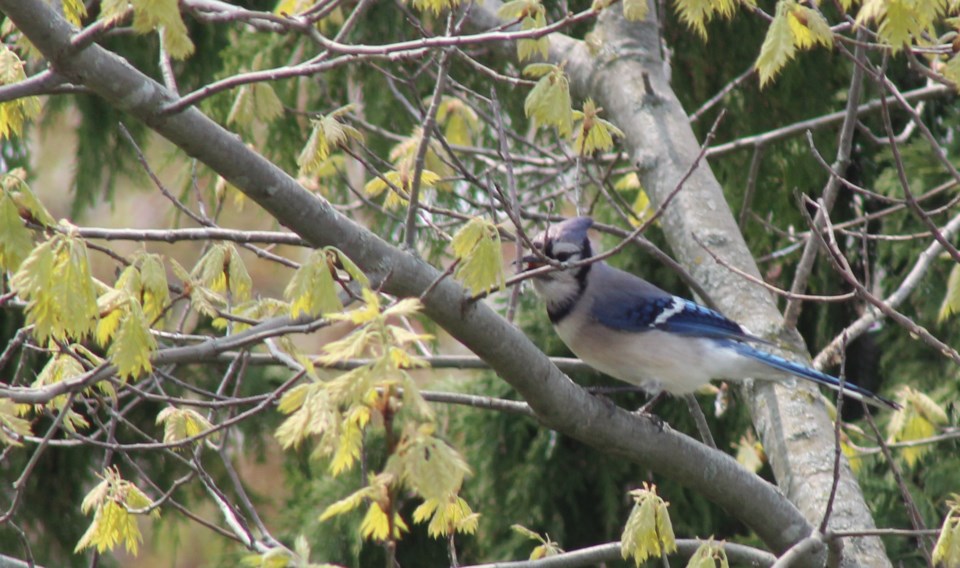It’s a tough life to be a mother bird these days!
Our songbirds are between a rock and a hard place. When they migrate in the winter, they always go to the same spot and they can’t shift sideways to another spot. Dr. Bridget Stutchbury at York University found that out with tiny, tiny transmitters that recorded migration patterns.
If that spot in Costa Rica, or Mexico, or even Chile has been clear-cut for crops or development, they’re done.
If they make it back, it’s nesting time! Ok, now we need to feed the babies! What food do they need? Insects and tonnes of them. Chickadees, those cheeky little black and white birds, need 9,000 caterpillars just to raise one brood of chicks. Those caterpillars are getting harder and harder to find.
Insect numbers are really dropping, from pesticides, hybrid plants from everywhere but here, and disappearing wild places. Can we help? Sure thing!
Ditch the fancy plants from other countries, ditch the hybrids, and plant native plants. Those are plants that are native to this area. They’ll be labelled “native plants.”
Over thousands, even millions of years, those plants developed together with all the trees and animals, including insects, that call our part of Canada home. Just like we depend on each other, all those plants and animals depend on each other.
The insects needed by the birds look for the plants that they need to live on. We’ve all heard of how monarch butterflies need milkweed to lay their eggs. That’s turning out to be true of most insects because they need their own “home” plants.
Native plants are a gift to gardeners, too. Because they developed in our area, they don’t need a lot of special care.
You usually need to give them water for the first year (depending on the weather), maybe two, and then they should only need watering during lengthy dry periods. They also don’t need special fertilizers, herbicides and pesticides.
They’re designer plants, just for our area! The main gardening job with native plants is pulling non-native plants that try to creep into the garden.
Stratford Master Gardeners are a great help if you have any questions.
For starters, look for a nursery that sells Ontario native plants (there’s a list to check at the end of this column). Watch for the native plant label. There are many hybrids (changes in plants to make them last longer, or resist mold, for example) but native plants are the most helpful to the insects and birds.
Start small, find an area in your garden where you might remove some non-native plants and put in a batch of native plants, maybe purple coneflowers, or Canada goldenrod, or New England asters, or oxeye sunflower for a start.
Try for groups of six-to-eight to begin. You’ll love the garden visitors that will come. You’ll see butterflies, birds, dragonflies, tiny pollinators and ladybugs; the wonderful mix of nature will unfold in your garden and Mother bird will really thank you.
So will the baby birds who one day will sing in your garden.
Action: Go native! When you plant, plant native, not hybrids. Native plants support the insects that birds must have for food for themselves and their chicks. (https://cfuwstratford.ca/native-plants-for-a-sustainable-garden/ )



